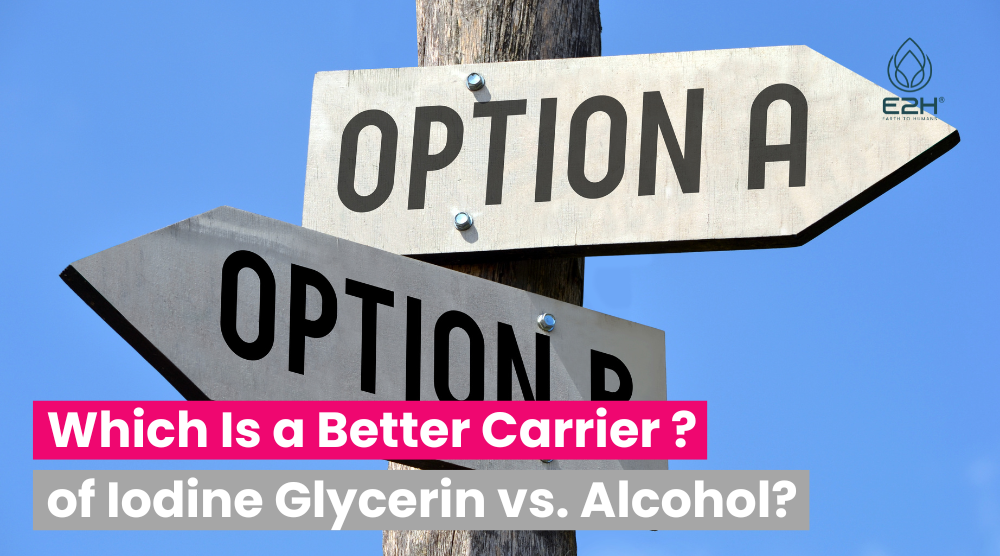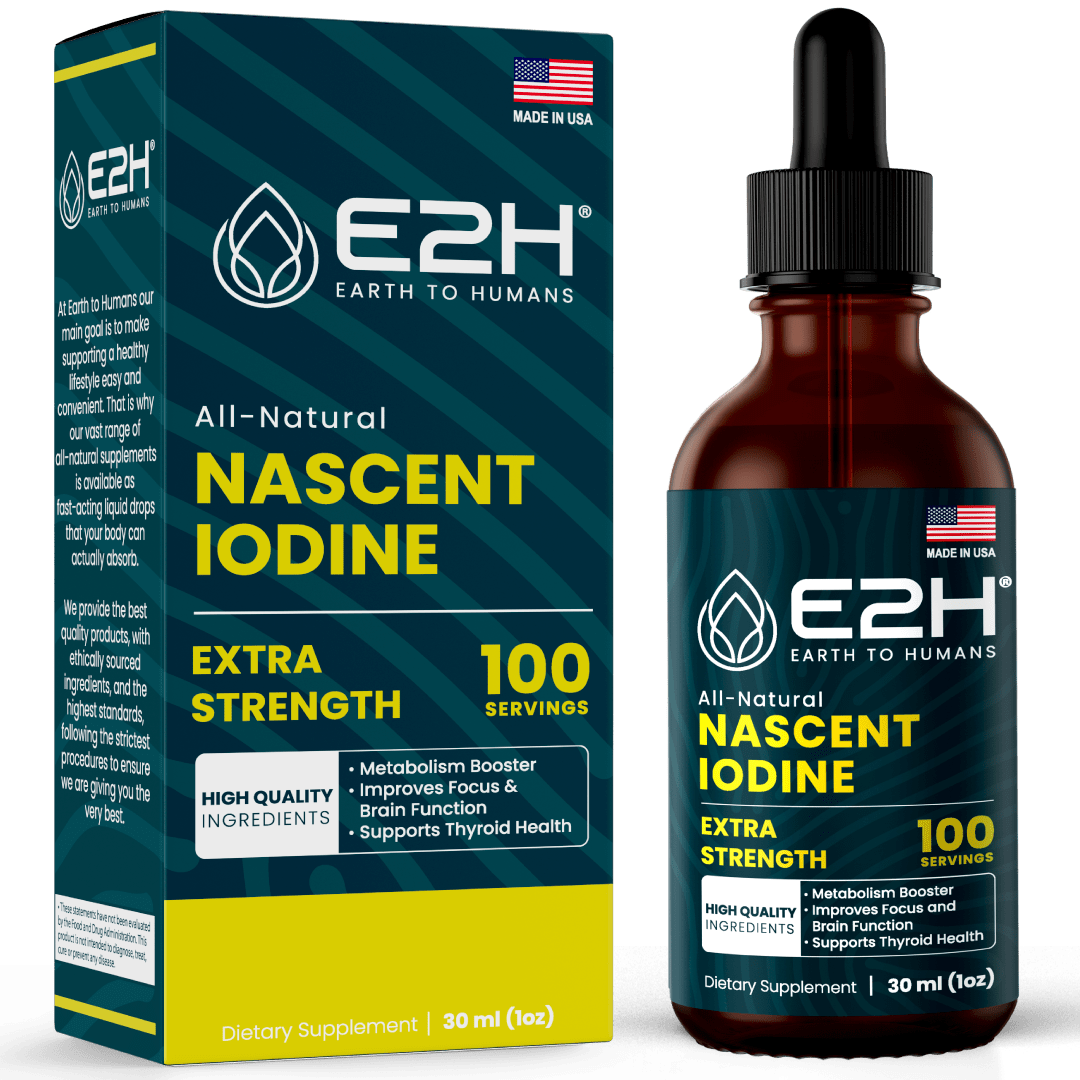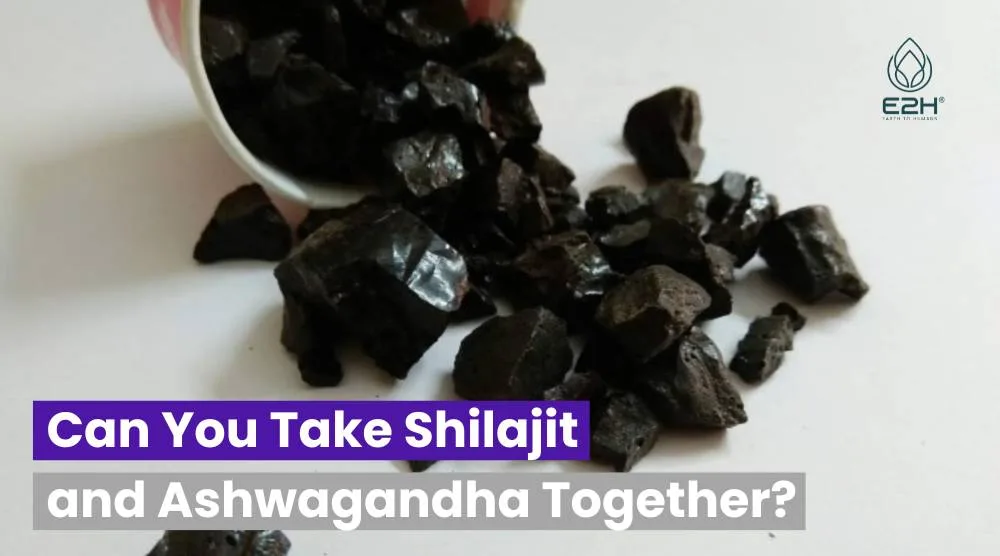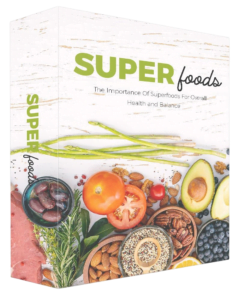Iodine Glycerin vs. Alcohol: Alcohol is generally considered a better carrier of iodine compared to glycerin. Alcohol allows for better iodine dispersion and penetration, making it more effective in delivering iodine to the intended area.
Can you take pure iodine in your diet?
It is unsafe to consume iodine in its pure elemental form as it must first be stabilized into any other extraction medium. The extraction medium can be either an alcohol or vegetable glycerin [1].
The alcohol-based nascent iodine product includes simple ethanol or ethyl alcohol. In comparison, glycerin/ glycerol is derived from either animals or plants. The vegetable-based glycerin can be obtained from palm, non-genetically modified (non-GMO) soy, non-GMO corn, or several other sources. So It’s better to use plant-based glycerin than animal-based and alcohol-based nascent iodine [2].

One should obtain enough iodine by having a varied and balanced diet. Still, if we need more iodine from the diet, we should take iodine supplements. Remember to take only 0.5mg or less daily, as taking too much iodine can be harmful. Taking a high dose of iodine for a long time can affect your thyroid gland’s working [3].
Iodine Glycerin vs. Alcohol Iodine: Which one is better?
It’s better to have iodine glycerin in your supplements than alcohol-based iodine supplements, as alcohol is intoxicant and obtained from genetically modified corn, so not suitable for everyone, especially for children.
In contrast, glycerin is safe, gentle, and very effective preservation medium and is also ideal as obtained from plants. In addition, these glycerin-based iodine supplements are gentle on your digestive system and provide safer delivery of ulcer medication. Here’s how glycerin is a much better option to formulate liquid iodine supplements than alcohol.
Sweet taste
Compared to alcohol-based iodine products like alcohol which have a very harsh and burning effect, vegetable glycerin has a delightful and mildly sweet taste. In addition to an unpleasant taste of alcohol iodine, the burning sensation also affects the absorption of iodine by oral tissue by causing constriction and dehydration of the tissues. The pleasant taste of glycerin iodine also makes it easier to be taken by children.
Better solvent
Previously alcohol has been used as a solvent due to its cheap rate. In comparison, glycerin is preferred as a solvent as it’s a natural substance and is considered a non-toxic food that can extract enough components than ethyl alcohol [4]. Also, it is regarded as the most common iodine-hungry substance, so glycerin is the choice of solvent for all those who need to take the better form of nascent iodine in their diet.
Good for children
As alcohol is an intoxicant, for children, it is inappropriate because they don’t have the necessary enzymes to convert the alcohol into sugar molecules. Alcohol iodine is obtained from genetically modified corn, so it’s unsuitable for children.
While functionally, glycerin is far better, gentle, and safe for your digestive system. Due to its milder and sweet taste, it can quickly be taken by children compared to alcohol iodine supplements because of their harsh and burning effects.

Promote absorption
Alcohol, being volatile, has a drying and shrinking effect that mainly harms the digestive system’s absorbability. At the same time, glycerin retains moisture and moisturizes and hydrates to promote the absorption of iodine in the digestive system.
Vegetable glycerin is recognized as a natural compound by the human body, so it helps to trigger salivation to provide enzymes that are important for absorption. However, as in children, enzymes are not present for alcohol decomposition, so glycerin is preferably used as an iodine supplement.
Excellent preservative
There are different preservation mechanisms for both glycerin and alcohol to increase the product’s shelf life. A substance is gently encapsulated in the glycerin molecular matrix as it helps preserve the substance’s characteristics.
While alcohol is very harsh, its denaturing action can change the cell structure. Unfortunately, it also makes different vitamins, enzymes, and other beneficial constituents unreactive, so they can’t perform their functions properly.
Longer storage life
As alcohol is volatile, alcohol-based nascent iodine has more chances of evaporation, and sublimation, affecting the product integrity and concentration of its formula. Several studies have shown that this effect of alcohol-based nascent iodine can happen as early as 6months after its formation.
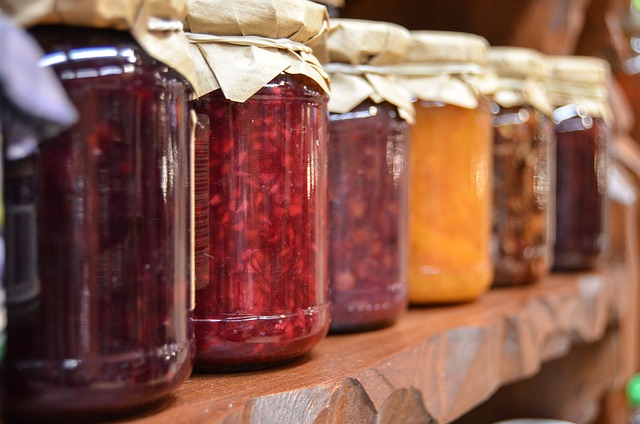
While Vegetable glycerin cannot evaporate quickly, it can easily preserve stable nascent iodine that does not break down or alter after a particular time; hence its storage life will be more.
What are the general benefits of vegetable glycerin?
Although ethanol is an excellent solvent for both acidic and basic components, glycerin is still remarkable. If a mixture is prepared using glycerine is called a glycerite. It is beneficial to use vegetable glycerin because it will not evaporate quickly, and its moisture-retaining ability absorbs moisture when exposed to air.
Glycerin will not irritate the skin and spoil quickly. It has an antiseptic effect on various organic materials, preferably used in the 1800s to prevent different medicines from drying out and becoming harder. When taken orally, it’s very mild, gentle, and comfortable to provide smooth delivery of ulcer medications [5].
How’s glycerin differed from glycerol?
Glycerol is a chemical compound that exists in its pure form, and we can find it in the form of triglycerides of fats and oils. In contrast, glycerin is the byproduct of substance-producing fatty acid, or soap, and contains almost 95% glycerol. Both have the same chemical formula, C3H8O3, and are almost entirely non-toxic [6].
Under normal conditions, glycerol has a very syrupy consistency at room temperature. Overall, it has no odor or color and tastes sweet. In low concentrations, it is non-toxic and hygroscopic. It can be produced by the fermentation of sugar or by the transesterification of fatty acids and oils [7].
While glycerin is hygroscopic, virtually colorless, having diuretic and laxative osmotic effects. It is less pure and produced by the hydroxylation of fats and oils [8]. The saponification can make glycerin by using oil or fats and caustic soda.
How is vegetable glycerin made?
Glycerin, derived from glycerol, is a thick, transparent, and non-toxic liquid commonly present in soaps. It is produced during the saponification process and is a natural byproduct produced in this process. When fats or oils react with alkaline substances, including sodium hydroxide (NaOH) or potassium hydroxide (KOH), soap is made along with a minimal amount of naturally produced glycerin formed by the saponification process [9].
Studies have shown that almost 0.77 grams of glycerin will be formed when 1 gram of sodium hydroxide (NaOH) synthesizes soap. In contrast, 0.55 grams of glycerin is produced when 1 gram of potassium hydroxide (KOH) is used to make soap. This method will commonly prepare glycerin while the chemists are still working to extract it so that it can be used in other cosmetic products, including lotions and conditioners.
Glycerin can also be synthesized from genetically modified organisms (GMO) sources. However, preferably this vegetable-derived glycerin is used in soap making.
Combination of vegetable glycerin and nascent iodine
Vegetable glycerin in glycerin-based nascent iodine is an effective medium to hold iodine and takes benefits from the ability of iodine to maintain an electromagnetic charge. A mixture of glycerol and iodine will help to break the diatomic iodine bond, and its atoms retain an electron, giving it an electromagnetic charge.
The human body mainly uses and absorbs nascent iodine, and vegetable glycerin facilitates and encourages absorption. The readily absorbed nascent iodine helps in metabolic and detoxification processes. Due to high energy, the diatomic bond of iodine breaks down into a nascent monatomic bond which is very beneficial. In 1926, the atomic state of iodine was called atomidine, which was very helpful and safe.
Detoxadine is nascent iodine with a vegetable glycerin base that is more gentle on the digestive system than alcohol-based nascent iodine. Vegetable glycerin is more gentle and safe than alcohol and is certified as the best solvent base for various formulations [10].
Iodine in Ethyl alcohol does more harm than good.
Alcohol is preferably used as a solvent because of its cheap cost. Still, the downside of using alcohol as a solvent is that ethanol will denature some organic compounds, including enzymes and protein, which reduces or destroys the effectiveness of those compounds and makes them useless [11].

Some enzymes are involved in the breakdown of alcohol in the liver, so if they are not working correctly, alcohol will not be completely broken down. As a result, it will harm liver cells, ultimately leading to liver failure and damage to other human body tissue.
Toxic effects of alcohol on the human body
- Alcohol concentrates and can be attracted to the cell membranes of nerve cells, where it can change their function [12].
- Excessive alcohol consumption can also deteriorate the liver, as the liver breaks down alcohol. As a result, more harmful substances will be created that further damage the liver and cause liver cirrhosis (liver scarring). Along with this, alcohol also changes the enzymes that break down and remove liver scars. Furthermore, scar tissue will be created in the liver that replaces normal healthy liver cells so that liver can’t work correctly, leading to death.
- In UK, 13000 cancer cases each year are associated with excessive alcohol consumption.
- Excessive alcohol consumption also reduces the body’s ability to fight against viral infections [13].
- Alcohol is toxic and damaging to DNA if in the human body it is broken down and converted into acetaldehyde [14].
- Alcohol is 3times more harmful and damaging than tobacco, cocaine, and heroin.
FAQs
Is glycerin or alcohol a better carrier for iodine?
Alcohol is generally considered a better carrier for iodine. It provides superior dispersion and penetration, ensuring effective delivery of iodine to the desired area compared to glycerin.
Can glycerin be used as a carrier for iodine?
Yes, glycerin can be used as a carrier for iodine, especially in certain formulations like iodine tinctures. However, it may not provide the same level of dispersion and penetration as alcohol, making alcohol a preferred choice for iodine carriers.
Are there any considerations when choosing between glycerin and alcohol as carriers for iodine?
Yes, individual circumstances and preferences may play a role in the choice of carrier. For instance, alcohol-based carriers may have a drying effect on the skin, which may be a consideration for individuals with sensitive or dry skin. It is advisable to consult with a healthcare professional to determine the most suitable carrier for your specific needs.
The Bottom Line: Which one is better?
Based on the facts mentioned above, liquid iodine supplements provide a greater range of benefits when preserved in glycerin rather than alcohol. Therefore, try to find a supplement that contains natural herbal extraction medium such as vegetable glycerin.
REFERENCES
S P. Iodine: An Essential Trace Element. Medical Journal of Clinical Trials & Case Studies. 2018;2(8).
ND DEFGI DC. Nascent Iodine in Vegetable Glycerin vs. Nascent Iodine in Alcohol [Internet]. Dr. Group’s Healthy Living Articles. 2014 [cited 2022 Oct 10]. Available from: https://explore.globalhealing.com/nascent-iodine-in-vegetable-glycerin-vs-nascent-iodine-in-alcohol/#references
Vitamins and minerals – Iodine [Internet]. Nhs. Uk. 2017 [cited 2022 Oct 10]. Available from: https://www.nhs.uk/conditions/vitamins-and-minerals/iodine/#:~:text=You%20should%20be%20able%20to
Ernst RC, Watkins CH, Ruwe HH. The Physical Properties of the Ternary System Ethyl Alcohol–Glycerin–Water. The Journal of Physical Chemistry. 1936 May 1;40(5):627–35.
Rai R, Dogra S. Venous leg ulcer: Topical treatment, dressings, and surgical debridement. Indian Dermatology Online Journal. 2014;5(3):371.
Difference Between Glycerol and Glycerin | Difference Between [Internet]. [cited 2022 Oct 10]. Available from: http://www.differencebetween.net/object/comparisons-of-food-items/difference-between-glycerol-and-glycerin/
Bagnato G, Iulianelli A, Sanna A, Basile A. Glycerol Production and Transformation: A Critical Review with Particular Emphasis on Glycerol Reforming Reaction for Producing Hydrogen in Conventional and Membrane Reactors. Membranes. 2017 Mar 23;7(2):17.
Glycerol – an overview | ScienceDirect Topics [Internet]. www.sciencedirect.com. [cited 2022 Oct 11]. Available from: https://www.sciencedirect.com/topics/agricultural-and-biological-sciences/glycerol
Glycerin made by saponification | Soapy Stuff [Internet]. classicbells.com. [cited 2022 Oct 11]. Available from: https://classicbells.com/soap/glycerin.asp
DETOXADINE [Internet]. Union Pharmacy. [cited 2022 Oct 10]. Available from: https://unionrxs.com/product/detoxadine/
Arata T, Murakami T, Hirai Y. Evaluation of povidone-iodine alcoholic solution for operative site disinfection. Postgraduate Medical Journal [Internet]. 1993 [cited 2022 Oct 11];69 Suppl 3:S93-96. Available from: https://pubmed.ncbi.nlm.nih.gov/8290465/
Daniel J. Dugan, Leroy C. Knodel. Current Issues in Drug Toxicity ALCOHOL AND DRUGS: A POTENTIALLY DANGEROUS COMBINATION. Toxic Substance Mechanisms. 1997 Oct;16(4):385–7.
Hafstrom A, Patel M, Modig F, Magnusson M, Fransson PA. Acute alcohol intoxication impairs segmental body alignment in upright standing. Journal of Vestibular Research. 2014;24(4):297–304.
Worley MJ, Witkiewitz K, Brown SA, Kivlahan DR, Longabaugh R. Social Network Moderators of Naltrexone and Behavioral Treatment Effects on Heavy Drinking in the COMBINE Study. Alcoholism: Clinical and Experimental Research. 2015 Jan;39(1):93–100.
His research and writing have been featured in numerous publications, and he is dedicated to helping people understand the importance of these vital nutrients in maintaining optimal health. If you're looking to improve your well-being through diet and nutrition, Christopher is the expert to turn to.
- Can I Take Maca and Ashwagandha Together: YES! - January 7, 2024
- Can You Take Ashwagandha And Liquid Chlorophyll Together: YES! - January 7, 2024
- Can You Take Shilajit and Ashwagandha Together? - January 7, 2024


